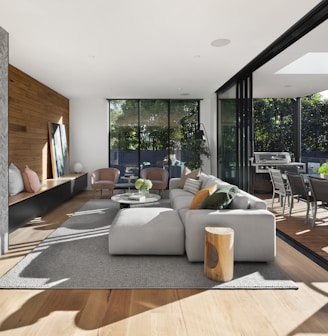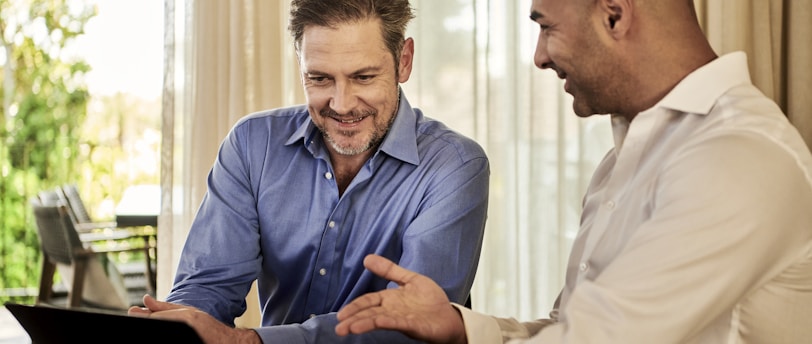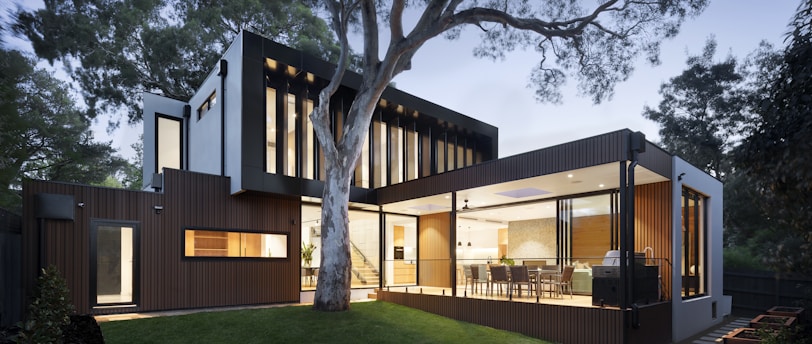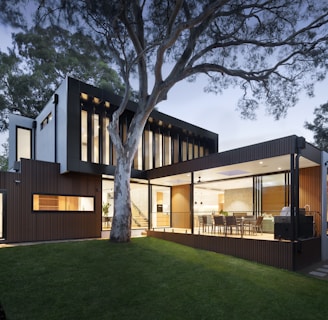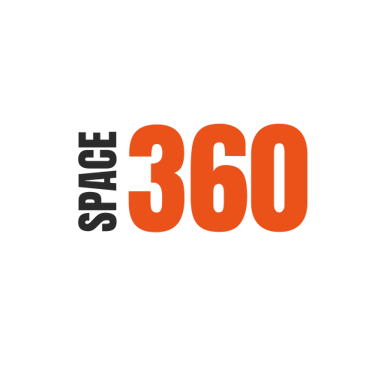Why Great Real Estate Photography Is About More Than Just Gear
3/24/20253 min read


Is a camera alone enough to make a great real estate photographer?
It’s a question we hear often — and the truth is, it takes much more. In today’s competitive market, where every listing fights for attention, the difference between a good photographer and a great one can impact how fast — and for how much — a home sells.
At Space360, we know that photography isn’t just about snapping the perfect shot. It’s about adaptability, reading the space, connecting with people, and understanding what buyers want to feel when they see your work. Let’s break down what really makes a great real estate photographer in today’s fast-paced industry.
1. Mastering the Technical Side Is Just the Beginning
Every strong photographer starts with the basics. Sharp images, proper lighting, and clean composition come from understanding your tools and using the right equipment. A solid gear kit typically includes:
A high-resolution DSLR or mirrorless camera
Wide-angle lens (great for interiors)
Tripod for sharp, consistent shots
External flashes or lighting gear
Drone for aerial views
Editing software like Lightroom or Photoshop
But real professionals don’t stop there — they evolve. The industry moves fast. Drone photos, virtual tours, and 3D walkthroughs were once “nice to have” but are now expected. Staying ahead means learning continuously and adapting to what buyers and agents want next.
2. Problem-Solving on the Spot
Not every shoot goes as planned — and that’s okay. The lighting might be harsh, the weather unpredictable, or a room unexpectedly cluttered. A great photographer doesn’t freeze or complain. They adjust. Fast.
You might reposition furniture, shift your angle to avoid distractions, or use HDR to balance indoor and outdoor light. The ability to adapt calmly and professionally is one of the most important skills in this line of work.
3. Seeing Through the Eyes of the Buyer
Photography is visual — but great real estate photography is also emotional. You’re not just showing a space; you’re showing a possibility. You’re helping someone imagine what it feels like to live there.
Photographers who understand buyer psychology know what to emphasize. Things like:
Updated kitchens
Open layouts
Natural lighting
Inviting outdoor spaces
By highlighting the features buyers care about most, you turn photos into powerful tools that help listings stand out and sell faster.
4. Building Trust with Agents and Sellers
A great photo is important. But so is the experience you provide.
Agents are under pressure and appreciate photographers who communicate clearly, deliver on time, and understand their goals. Homeowners, often stressed about the sale, value photographers who are patient, respectful, and make them feel at ease.
It’s the little things — showing up early, offering a quick staging suggestion, or sending photos ahead of schedule — that turn a client into a repeat customer.
5. Capturing More Than Just a Room
The best real estate photographers don’t just document — they reveal. They show the potential of a space, its warmth, its energy, its flow. That takes more than skill behind the lens. It takes care, curiosity, and a genuine interest in telling the home’s story.
So, ask yourself: Are you just taking pictures, or are you capturing emotion, light, and possibility? That’s the difference between getting the shot… and getting results.
Final Thoughts
Gear matters. But gear alone isn’t enough. Real estate photography is a craft — one that blends technical skills, human connection, problem-solving, and an eye for what truly moves people.
At Space360, we focus on all of it. Because great photos don’t just sell homes — they build trust, create momentum, and tell stories that inspire buyers to take the next step.





